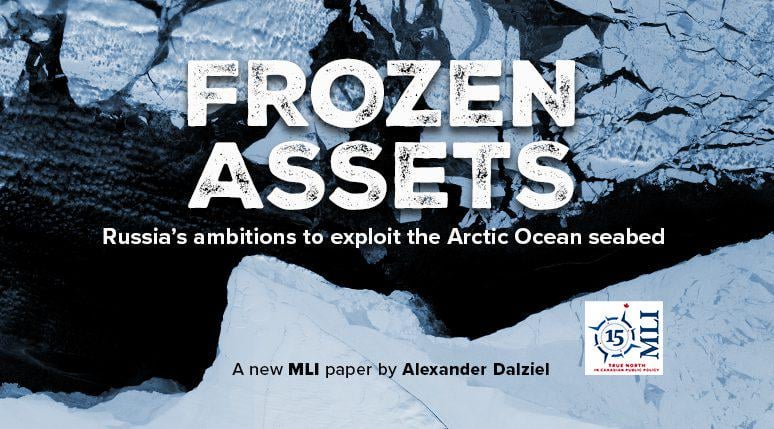
Frozen Assets: Russia’s ambitions to exploit the Arctic Ocean seabed
Frozen Assets: Russia’s ambitions to exploit the Arctic Ocean seabed
Posted by Strongbow85


Frozen Assets: Russia’s ambitions to exploit the Arctic Ocean seabed
Frozen Assets: Russia’s ambitions to exploit the Arctic Ocean seabed
Posted by Strongbow85
2 comments
*Submission Statement:* Russia’s ambitions in the Arctic Ocean reflect a strategic drive to secure significant energy and mineral resources, positioning itself as the dominant power in the region. The country seeks to exploit its continental shelf and exclusive economic zone (EEZ), with a particular focus on oil, gas, and liquefied natural gas (LNG) in the near term, while seabed mining remains a longer-term goal. However, Russia’s plans face significant obstacles due to sanctions, a lack of foreign investment and technological innovation, and the complexities of operating in such a harsh environment. Despite these challenges, Russia views Arctic resource development as essential for national security and regime stability, using it to consolidate power domestically and maintain geopolitical leverage. The growing capabilities of Russia’s Arctic operations will have broader implications for neighboring countries, requiring increased monitoring and readiness to safeguard maritime infrastructure and manage environmental risks. Ultimately, while Russia’s Arctic aspirations are substantial, their realization is uncertain and will unfold slowly under the current political climate.
#Ambitions? They’ve been doing it for years.
Russia has been deploying seabed robots and related undersea systems for a while now, accelerated with US tech after the Skolkovo merger and a stronger uranium/clean portable power position. Their efforts span both military applications and Arctic resource exploitation.
—
### 🤖 Military seabed robots & monitoring systems
* **Deepwater acoustic monitoring (“Harmony” system)**: As far back as 2016, the Defense Ministry was installing automated stations on the seabed capable of sonar surveillance, relaying intelligence on surface vessels and submarines via buoys and satellites ([rbth.com][1]).
* **Naval base security robots**: By 2021, reports confirmed Russia was testing “DIABAS” underwater systems—autonomous/remote-controlled robotics equipped with sonar and cameras—for detecting and neutralizing threats around naval installations.
—
### 🛠️ Civilian & resource-oriented seabed systems
* **Iceberg robotic complex**: Announced in late 2024, this system from United Shipbuilding Corporation (USC)/Rubin includes AUVs for 4.5 km-depth drilling, surveying, cargo delivery, and seabed charging stations like “Octavis” to recharge and process data.
* **“Argus” underwater drone**: Debuted around the 2023 Army‑2023 forum, this titanium-bodied AUV can rest on the seabed down to 6,000 m for up to six months, surveying pipelines or other undersea infrastructure autonomously.
* **Vityaz‑D probe**: In 2020, this autonomous AUV became the first Russian fully-AI-capable robot to descend the Mariana Trench (>10,000 m), with intentions to adapt it for Arctic shelf exploration.
—
### 🏆 Summary & timeframe
| Purpose | Systems | Timeline |
| ———————————————- | ——————————– | ———– |
| Military seabed surveillance & base defense | Harmony, DIABAS | 2016 → 2021 |
| Civilian / energy exploration & infrastructure | Iceberg/Octavis, Argus, Vityaz-D | 2020 → 2024 |
So yes — Russia has actively deployed seabed robotic systems for nearly a decade. Starting with military sonar networks in 2016, they’ve advanced through subsea security robots, deep‑sea resource AUVs, and ambitious Arctic drilling-support robotics.
—
### Quick takeaways
* **Multi‑domain**: efforts span military, commercial, scientific.
* **Deepwater capability**: robots reach depths of 4–10 km, with long autonomous endurance.
* **Integration trend**: combining seabed nodes, undersea drones, charging/data hubs, and surface relay buoys.
Comments are closed.